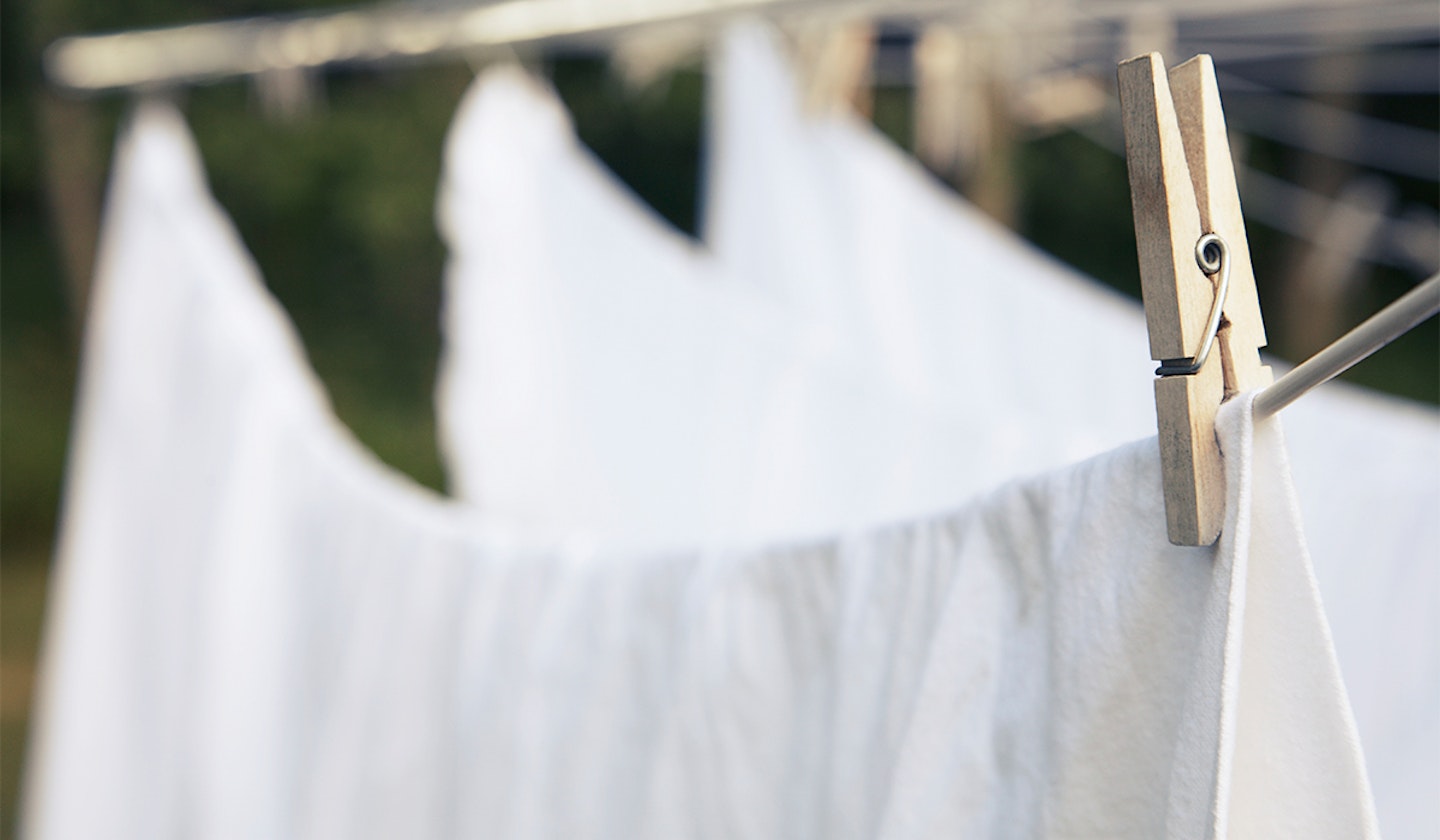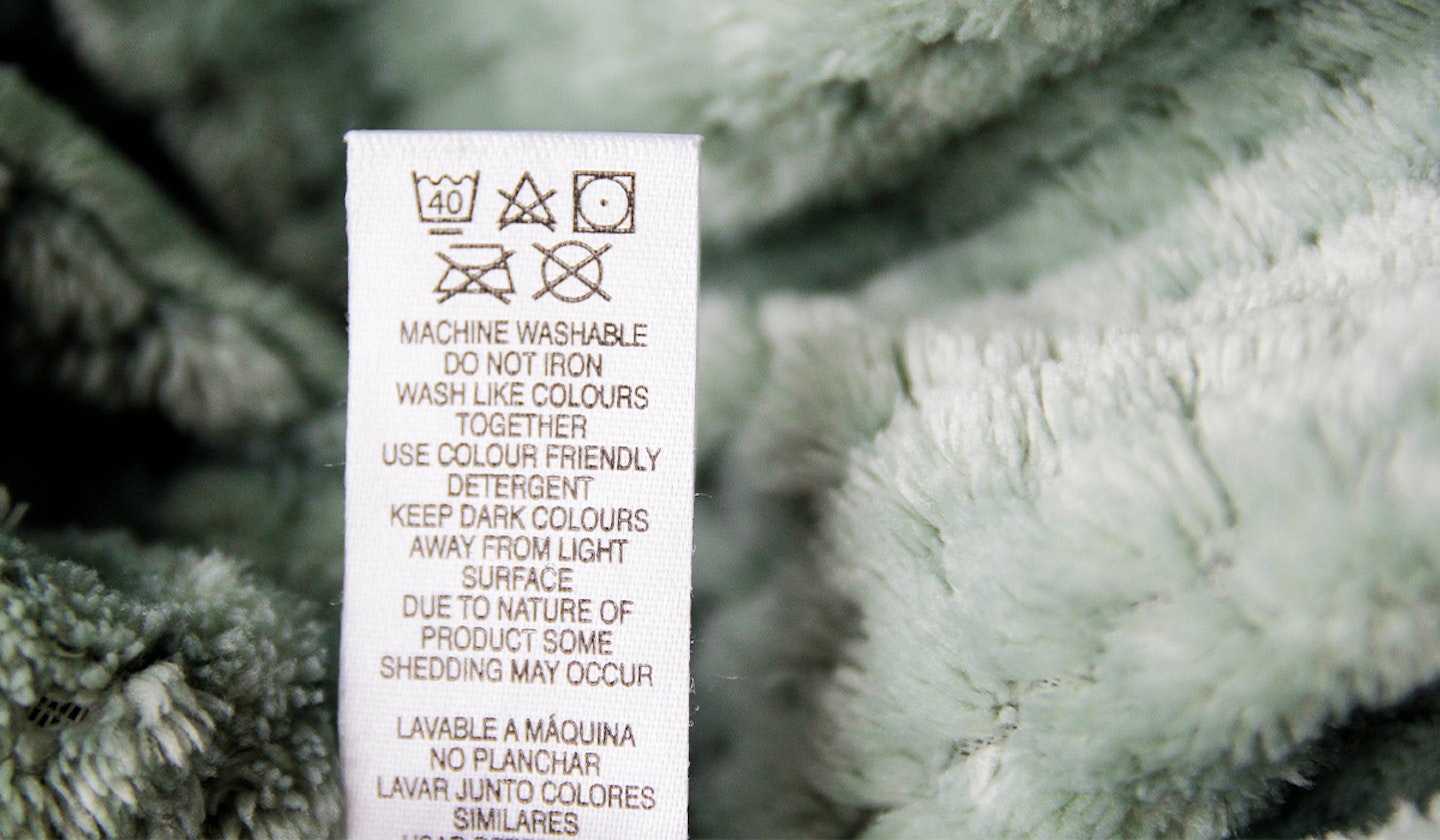Knowing how often should you wash your bedding is essential for anyone who wants to get a good night's sleep. It might seem like one of those things everyone knows, but shockingly, eight out of ten of us can't remember the last time we washed our duvet or pillows! Follow these expert tips to make your bed a cosy, clean sanctuary once more.
How often should you wash your bedding?
While everyone has their own preference when it comes to how often to wash your bedding, it's recommended you wash your duvet cover once per fortnight. You may choose to wash it more often in the summer months if you are sweating in the night, or if you have any dry patches of skin as it might need a clean more frequently. Those with allergies may also choose to wash their bedding more often and may even opt for some bedding for allergies.

How to wash your duvet
Wash your duvet at least twice a year. Household cleaning experts say it’s wise to use about one-third of your usual amount of detergent and wash as high as the care label allows (60 degrees or over will kill dust mites).
Shake out the duvet while it’s damp to redistribute the filling evenly. Natural feather and down duvets need to be cleaned at a professional dry cleaners, and we advise people to refer to the care label to be on the safe side.
How to wash your pillows
Your bedroom pillows should be washed more frequently than duvets, and you should make sure they are thoroughly dried. As with duvets, most pillows that are filled with synthetic fibres can be machine washed at 40 or 60 degrees. Just be sure to be careful when cleaning a memory foam pillow as they can often only be hand washed. It's particularly essential to wash your pillows if you get night sweats, and you may even want to opt for a cooling pillow.
Always check the care label on natural pillows, as they often require professional cleaning. Protecting pillows with a cover can shield them from daily use and any unwanted stains.
How to wash duvet protectors
Mattress protectors offer total peace of mind against spillages and stains while keeping your bed looking and feeling fresh night after night. Keep dust mites at bay by vacuuming mattresses regularly, and clean your protector at least once a month. While the protective cover is being washed, turn the mattress over, which helps to maintain its shape and evenness.

How to wash a mattress?
Shopping for a mattress can be seriously expensive. That's why it's no surprise you'll want to know how to properly clean your mattress, especially if you spill something on it.
Start by vacuuming it with the upholstery cleaning attachment then use a warm bowl of soapy water for washing out any marks. You'll also want to use your best stain removal techniques for getting rid of any hard to remove stains.
You should follow the same routine for your mattress protector too, if you use one.
How to clean bedding stains
Make sure stains are dealt with as soon as they happen on duvets or pillows. Ease the filling away and tie the area off with an elastic band. Dab (don’t rub) the stain with cold water (hot will set the stain) and add a mild detergent or a specialist stain removal product for more stubborn stains.
Look after bedding between washes
A really simple way to freshen up bedding is to air it outside for a couple of hours on a sunny and breezy day. Shaking your duvet every day to air it will help to keep it looking plump and fresh.
Can you wash bedding at 60 if the instructions say 40?

When it comes to bedding, many people choose to ignore the washing instructions on the label and wash at 60 to kill any bacteria and dust mites.
Usually, washing at 60 instead of 40 is safe, especially if your bedding is cotton. However, if your bedding is expensive or made from silk, then we'd advise following all the instructions to save yourself the heartbreak of ruining it in the wash.
Is it okay to wash bedding at 30?
While washing at 30 is often encouraged for environmental reasons, we wouldn't recommend washing your bedding at 30 as that temperature isn't hot enough to kill bacteria.
Instead, aim to wash at 60 on a long (minimum of 2 hour) wash. This is enough to kill and remove any dander, dead skin, sweat and any other bacteria from your bedding.
Lorna White is a Senior Digital Writer at Yours.co.uk. She was previously a writer at Yours Magazine writing features and news stories before joining the digital team. Lorna loves the great British countryside and likes to spend her spare time out and about in her home of Nottinghamshire walking her dog, Pippin.

